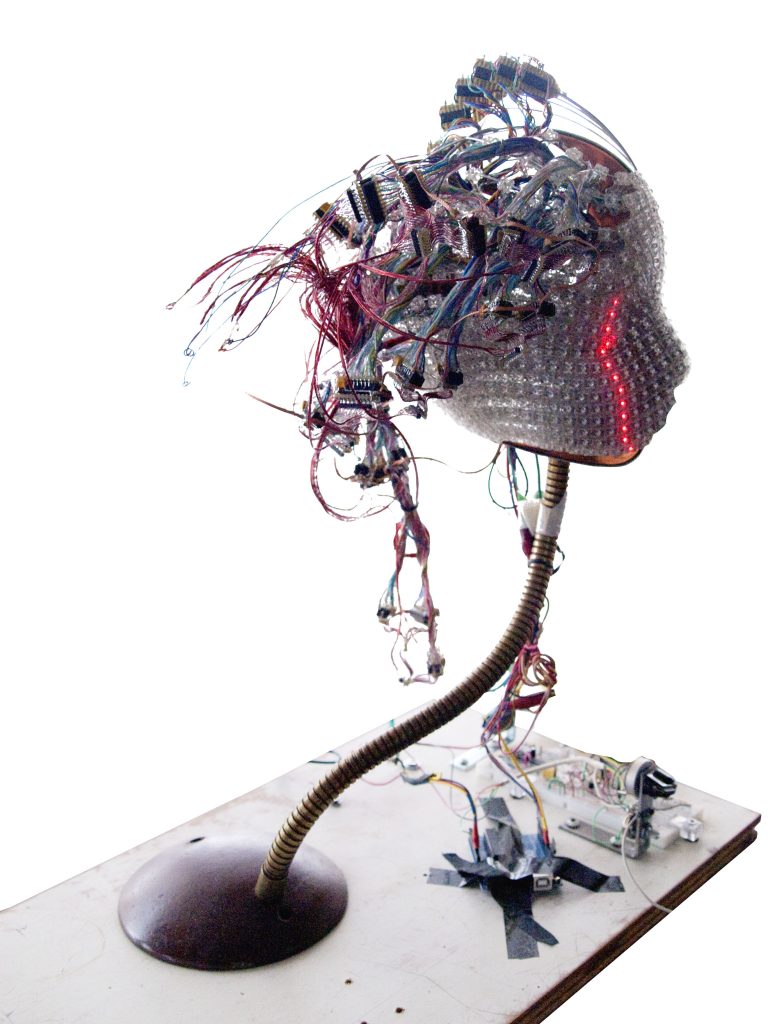There’s an openness and a freedom that’s part of it…
We already know the end of the story to countercultural movements. They hit the mainstream and suddenly everyone wants a piece. Iggy Pop tunes are used in cruise commercials and even the Impressionists — once the radicals of the French arts scene — are decried as too populist for any true art geek.
As hacklabs grow and expand, the attention on them has intensified. The Atlantic and Business Week have featured hack labs in their pages. Pinterest, the rapidly-growing social shopping site, was developed in one. Perhaps most troubling, The New York Times recently reported that the US Defense Department started directing funding to high school hack labs as a way of creating ties with the community. Even at SoOnCon, there are mentions that NASA is interested in this or that technology.
Degeleer hopes that the groups will keep their grassroots aesthetic. “There’s an openness and a freedom that’s part of it.” It’s what keeps the spaces interesting and innovative.
Perhaps we need a new descriptor for what goes on in makerspaces, hack labs — whatever you want to call them. At the conference, Rhode tells me a story about clockmakers who lived near the Black Forest in Germany. Although they liked making clocks, they wanted to start making something new; something inventive. So they turned their mind to making toys that still used the little parts from their clocks. Rhode calls these men tinkerers. It seems that a word that literally means to experiment might be very appropriate for people who are adapting and playing with art and technology.

